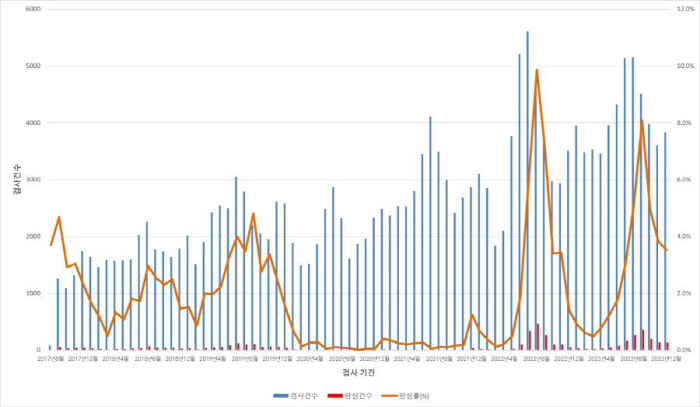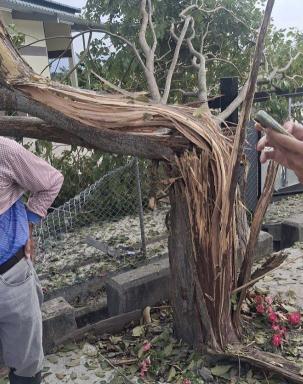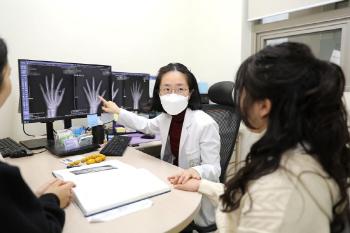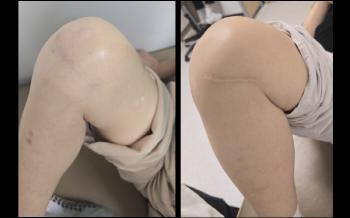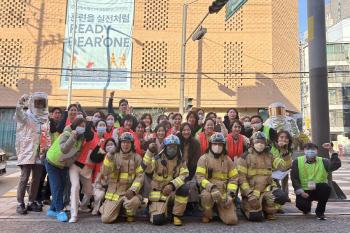Sapovirus Infection Doubles After COVID-19...Causes of acute enteritis in summer and autumn
|
In the meantime, sandpaper virus infections in Korea have increased sharply since the COVID-19 pandemic. In particular, research results have been published that the infection rate is high in summer and autumn when the temperature rises.
Professor Kim Hyun-soo's team at Hallym University's Dongtan Sacred Heart Hospital confirmed this in a study by 'Increase in Sapovirus Infection in Korea After the COVID-19 Pandemic: A Six-and-a-half-year Retrospective Study'.
The research team analyzed 204,563 samples that were tested for sapovirus due to suspected acute gastroenteritis from August 2017 to December 2023 at Hallym University Dongtan Sacred Heart Hospital and GC Green Cross Research Institute. They confirmed the age-specific and monthly sapovirus positivity rates of samples collected through multiple PCR tests. In addition, 37 genotypes of sapoviruses detected after the pandemic were analyzed to confirm the trend.
As a result of the analysis, the domestic sapovirus infection rate was up to 4.7% per month from 2017 to 2019 before the COVID-19 pandemic, and in 2020 and 2021, during the COVID-19 pandemic, it was very low with an average of 0.3% per month. However, the monthly infection rate has nearly doubled since the summer of 2022, when social distancing was lifted, soaring to 9.9% in August 2022 and 8.1% in September 2023.
Sapovirus infection occurred primarily in young children. The infection rate by age was the highest at 6.5% for those aged 2 to 5, 3.2% for those aged 6 to 10, and 3% for those under 1. In those over 11 years of age, the infection rate was insignificant at less than 1% in all age groups.
There are four groups of sapovirus genes that cause infection in humans: GI, GII, GIV, and GV. In this study, genotyping of sapoviruses popular in Korea is GI.1 was the most common at 42.5%, followed by GII.3 at 40%. The remaining genotypes, such as GII.2, GII.5, were only 5 to 7.5%. GI.1 is the most common sapovirus genotype in the world, and its domestic prevalence has been consistent with global trends.
In addition, there was a clear genetic distance between each genotype, and no recombination between genes was found. These results are expected to be used as important genetic information when developing sapovirus vaccines or diagnostic methods in the future.
Professor Kim Hyun-soo "This study confirmed the prevalence, seasonality, and genotypic distribution of sapovirus infections, which have not been well known."The lifting of social distancing after the COVID pandemic and the decline in immunity formed by reduced exposure to the virus during the pandemic appear to be the main reason for the surge in the rate of sapovirus infections."
In addition, Professor Kim said "Sapovirus is a family of caliciviruses such as norovirus, and it was not included in the enteritis virus panel test before 2017 and has been thought to have a low prevalence in Korea. However, since the COVID-19 pandemic, the infection rate has been increasing mainly in the summer, so caution against the sandpaper virus is also needed"Since sapovirus can be transmitted through consumption or contact with contaminated food, hygiene management such as hand washing is important for prevention, and food must be cleaned and cooked or boiled sufficiently."
The study will be published in the July issue of 『Annals of Laboratory Medicine" (Impact Factor 4.0), a prestigious SCIE-level international journal in the field of diagnostic test medicine, and has now been published online first.
|
This article was translated by Naver AI translator.
